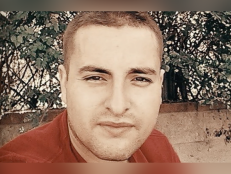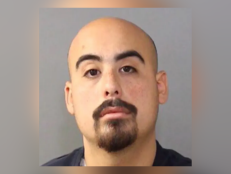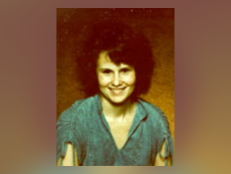Never Give Up: Persistence And Science Solved A Heinous Colorado Murder
The case of what happened to Darlene Krashoc haunted homicide detective Joe Kenda for more than 30 years after the gruesome discovery of her body.
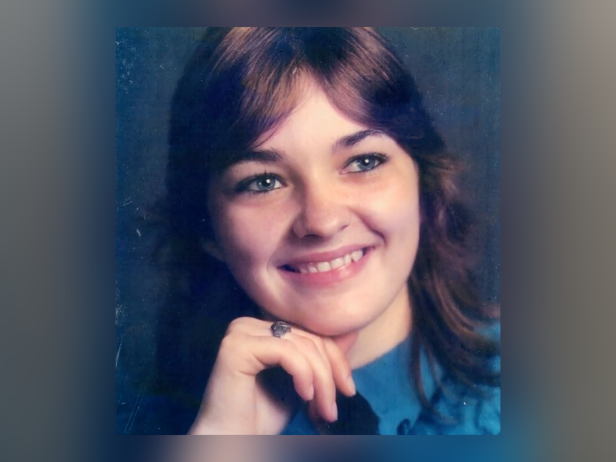
Warner Bros. Discovery, Inc. (Screenshot from ID's "Homicide Hunter: Never Give Up")

It was 5:20 in the morning on March 18, 1987, and two Colorado Springs patrol officers were close to the end of their overnight shift when they decided to make a pass by some local watering holes and ensure St. Patrick’s Day bar hoppers hadn’t passed out in their cars in the frigid night.
All was quiet — at first.
As they drove behind the Korean Club Restaurant, they saw a woman’s body lying behind a dumpster.
The patrol officers called it in to dispatch. Kenda, then a sergeant in the homicide unit, received the call at his home at around 5:25 a.m.
Kenda had already been working with the Colorado Springs Police Department for 14 years but the scene before him turned out to be one of the most violent he had seen in his long tenure as a detective.
The body was that of a female. She was nude and a pair of jeans hung off one of her ankles. A shoe was by her head, and authorities noted a wedding ring on her left hand, leading them to believe it was not a robbery-gone-wrong. There were deep bite marks on her body, and it was clear she’d been beaten.
Perhaps the most disturbing thing was the wire coat hanger that had been fashioned into a bridle and fitted to the woman’s head as if she were a horse. The wires were twisted into a handle behind her head. Somebody had tortured the woman before strangling her to death.
It didn’t take long for police to find the woman’s ID — the killer had displayed it near her body. The victim was 20-year-old Darlene Krashoc, an army soldier stationed at nearby Fort Carson.
The police department’s crime scene technician meticulously documented the scene. There were three cigarette butts near the body, and police noticed tire tracks in the snow. The bartender in the restaurant told police that the body wasn’t there when he left work at 2 a.m., narrowing the timeframe between the time Darlene was left there and when the cops found her.
Darlene’s best friend provided valuable information to the police. The young soldier had gone out with two fellow service members from her unit — Tim Robinson and Erik Lord.
When police brought Lord in for questioning, he said the soldiers went out dancing, but Darlene insisted that Lord and Robinson head back to the base without her so she could stay out late. They were the last two people known to have seen the young woman alive.
The ensuing investigation quickly grew cold after hundreds of interviews. Police had collected blood and hair samples from persons of interest as they worked the case, hoping that technology would eventually advance enough to help solve the murder.
Thirty years later, they finally got their big break.
Find out how DNA led police straight to the killer on the two-hour special event Homicide Hunter: Never Give Up airing Aug. 17 at 9/8c. on ID.
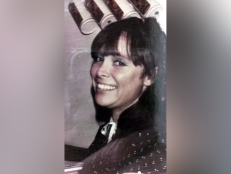


![Christina King [left] and Sameemah Mussawir [right] were identified as victims of the same killer by the Kansas City, Kansas Police Department’s cold case unit.](http://investigationdiscovery.sndimg.com/content/dam/images/investigationdiscovery/crimefeed/legacy/2023/09/kansas-city-police-department-christina-king-sameemah-mussawir-92623.png.rend.hgtvcom.231.174.suffix/1695741317459.png)
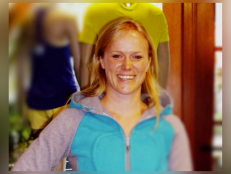
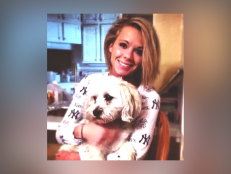
![Rebekah Gould [main] was murdered in 2004. In 2022, William Miller [inset] was sentenced for her murder.](http://investigationdiscovery.sndimg.com/content/dam/images/investigationdiscovery/crimefeed/legacy/2022/10/larry-gould-rebekah-gould-izard-county-sheriffs-office-william-alama-miller-10252022.png.rend.hgtvcom.231.174.suffix/1666723970508.png)
